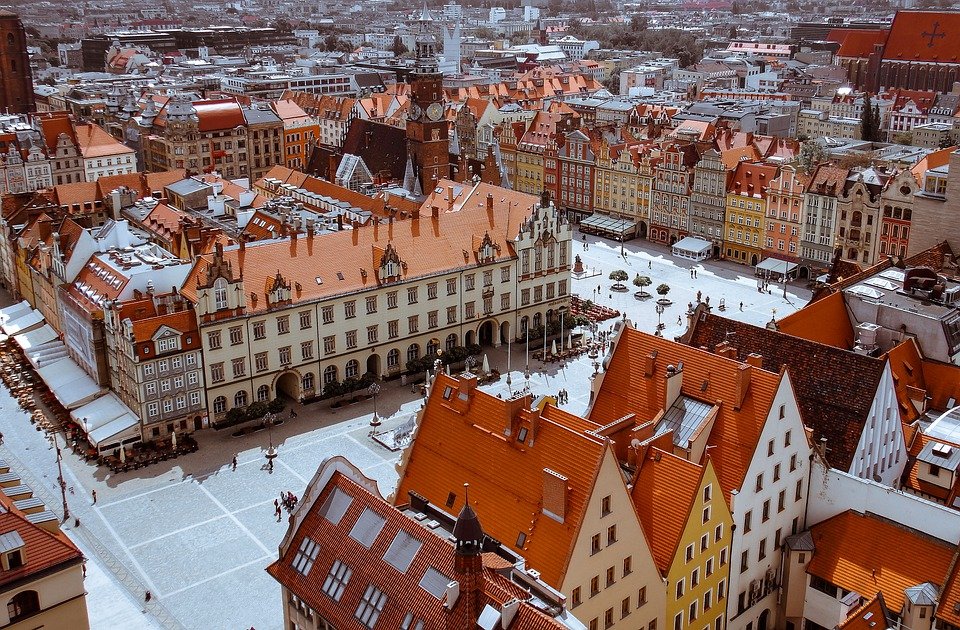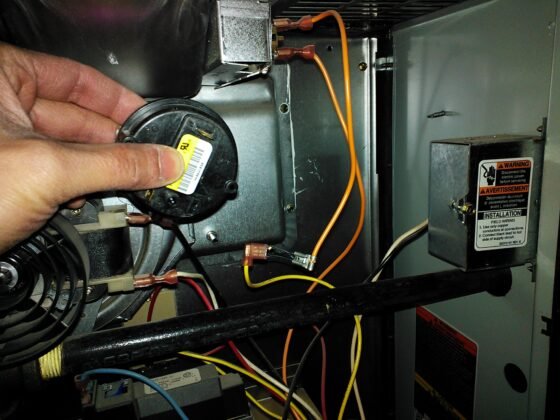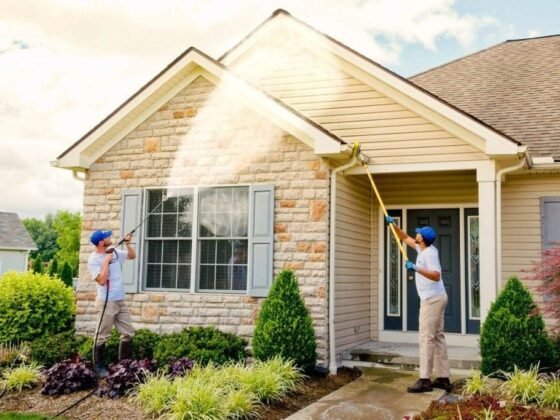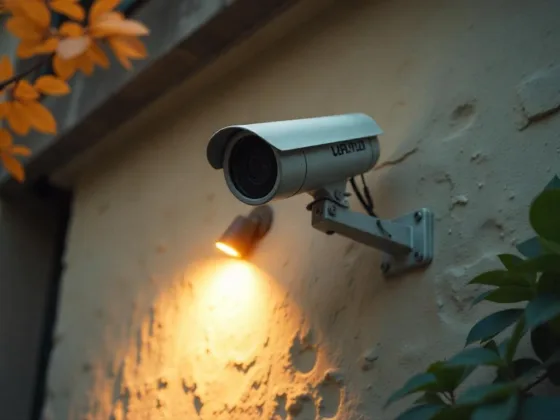Table of Contents Show
Are you building a new commercial building or renovating your existing place? Start with researching and identifying roofing solutions that meet your requirements.
Investing in a reliable and long-lasting roof can guarantee the longevity of your building.

It helps improve the reliability and the overall feel of the building… Regular maintenance of this roof can ensure that you don’t have to struggle through repairs that put a dent in your pockets.
There are plenty of options available in the market for commercial roofing contractor. We will talk about the seven best roofing types that you should know.
Choose the roof type that best suits your purpose.
Make sure you look into both pros and cons before making the right choice in Roofing Types.
1. Metal Roofs
It is one of the most sought-after roofing solutions as there are different types of metals from which you can make the right choice.
The metals differ in their pricing as well as durability. Corrugated galvanized steel, zinc, aluminum, silicon-coated steel, copper, stainless steel, lead, and tin are some of the choices you get with this material.
You will need to add a few protective layers to safeguard it from harsh weather conditions that can cause rusting. Let’s discuss the pros and cons of this roofing method.
- You can improve the aesthetics of your property by adding a metal roof. It helps modify its appearance by adding a few consistent and regularly used styles and colors.
- They quickly adapt to different styles and designs. With their flexibility, you can add these roofs to round-arched buildings as well.
- They are highly resistant to harsh weather conditions. You can reduce the cooling costs owing to the reflective coatings and thermal breaks integrated into these roofs.
Despite being beneficial in almost every way, there are specific cons to this roofing style that you cannot ignore.
- They cost higher than traditional roofing solutions. If you want to invest in high-quality metal roofs, then you will have to pay more
- The installation time, cost, and efforts are higher than what you would put into while laying regular roofing solutions
- Single Ply Membrane Roofing Solutions
2. Thermoset Roof Membrane
Commonly known as the EPDM thermoset membrane, it is made up of Ethylene Propylene Diene Terpolymer (EPDM).
This roofing solution is resistant to severe weather conditions as well as pollution, making it highly durable. You will have to consider the following factors when paying for the roofing solution:
- Roof size and existing roof’s condition
- The insulation and membrane choice
- The climatic condition in your area
3. Thermoplastic TPO Roof Membranes
These roof types are made out of thermoplastic polyolefin or Polyvinyl Chloride. They can handle extreme conditions thanks to the materials used to construct them.
They cannot be easily damaged by UV light or fats and oils. A lot of product owners have started creating their roofing solutions using these single membrane types.
Some have innovated the roof solution by adding the anti-slip feature. The innovations are on par with the needs posed by the user.
There are several pros and cons associated with a single-ply roofing solution.
- They are quite a popular roofing solution and have been used by several contractors. It may not be an aesthetic choice, but there is no match for this roofing solution when it comes to durability.
- Plenty of options are available in the market for the insulation material, making it easy to acquire and install
- The installation is easy and efficient. So, if you are looking for something durable, efficient, and immediate, then the single membrane solutions are your go-to roof.
- They are lightweight and flexible with multiple layers as compared to the other roof materials.
Let’s take a look at the cons of this material.
- They are not pretty looking. As a result, you may not be able to improve the appeal of your property with these solutions
- There is a good chance that you might find it expensive as there are plenty of factors you need to consider before investing in the roof appropriate to your requirements.
4. Shingle
If you are looking for a roofing solution that would look appealing on a residential building, then shingle is your go-to choice.
They are majorly used on residential properties and improve their aesthetic appeal. You can use asphalt, slate, plastic, and ceramic to create Shingle roofs. It is an easy to install and flexible solution.
- The main advantage of investing in the shingle is that it is affordable and easy to install. There are no hassles associated with this roofing solution
- It is an energy-efficient solution.
- It is easy to maintain this roof type, and you won’t need to pay up extra.
- The roofing solution is environmentally friendly too.
Let’s take a look at the cons of this roofing solution
- It is not as appealing as you want the building’s roofing solution to be
- It is not very durable as bad weather can easily damage the roof
- Shingles are not suitable for flat roofs
5. Spray-on Roofing
This is an eco-friendly, energy-efficient roofing solution. In this solution, SPF (Spray Polyurethane Foam) is sprayed along the roof.
The foam solidifies and converts into a hard layer on top of the roof. It may not be as popular as the other roofing solutions.
However, a few people do opt for it. The best part of this solution is that it is immune to harsh climatic conditions.
- The roof is easy to install and highly efficient
- It offers excellent energy efficiency, thus reducing light bills
- Excellent protection from harsh weather and water
Of course, there is a flip side to this roofing solution.
- You will need an expert to install this roofing solution. It is time-consuming as compared to the other solutions.
- You will never know who understands the spray-on roofing technically.
- The roofing solution requires high maintenance. If you are not too careful, you might overspray the material and ruin your roof.
6. Green Roof
This roof is built using tough waterproof membranes covered in green plants. It is eco-friendly and energy-efficient.
It also improves the air quality owing to the plants surrounding the roof. The longevity of these roofs is higher compared to the other roofing solutions.
- It increases the lifespan of the roof. The life expectancy spans across decades
- It improves the thermal performance of the roofing solution
- The plants surrounding the roofs tend to help the environment by generating essential amounts of Oxygen and Carbon dioxide.
- Improves the air quality
There are cons associated with this roofing solution
- It is a high maintenance solution as you need to keep an eye out for the plants
- It is expensive and requires an expert contractor for installation
7. Built-up Roofing Membrane
This roofing solution is made of tar and gravel and has a long life. It spans through 20 years at least.
You will need to invest in stable infrastructure to keep up the long life and ensure low maintenance of this roof.
- It is a dependable roofing solution and can manage the weight and vibrations owing to the stability
- It is highly resistant to heat
- Low on maintenance and easy to repair.
However, the flip side is that it has the shortest life compared to the other roofing solutions.
Read Also:
Wrapping Up
The choice of your roofing solution should depend on what is essential for you.
If you want to increase the longevity of the building, you should invest in a durable and reliable roofing solution.
If maintaining energy efficiency is the goal, then you can choose to use the green roof. If you are on a budget, then a metal roof suits your purpose the best.
Depending on the different factors and your basic requirements, you should choose a roof that helps maintain your property for a longer time.









